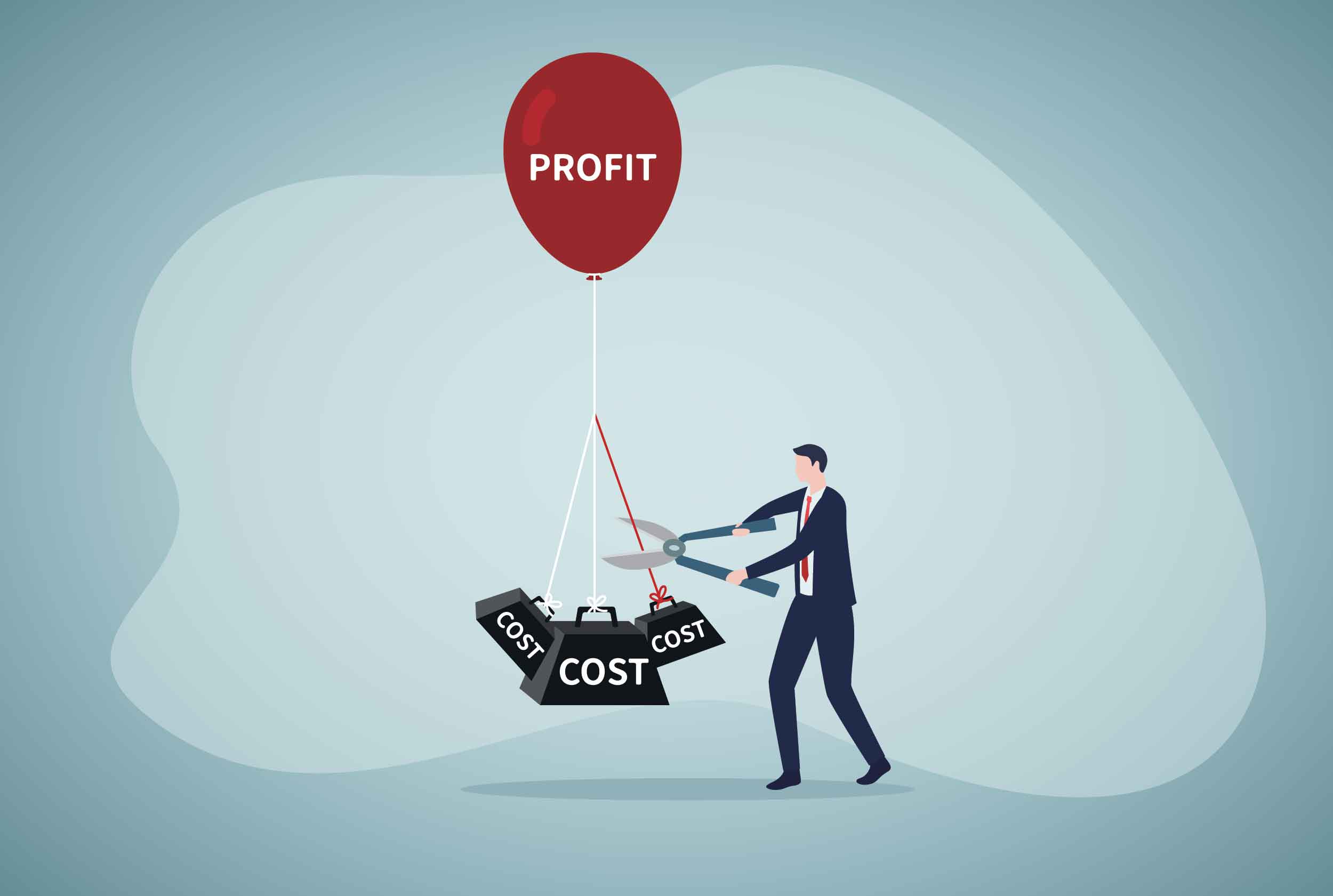
The process of formal performance reviews is not always the most eagerly anticipated part of the work year for most managers and employees. So why should outside counsel or general counsel and their in-house legal department look upon it more positively?
The answer is that, as with a successful performance review system at any progressive company, the process can help nurture and sustain a good, productive working relationship, which in the end, is what both parties desire. It gives general counsel a chance to discuss and confirm expectations; it can reveal possibilities for improving the efficiency or effectiveness of processes through reviewing reports and procedures; and it provides an opportunity for GCs to praise outstanding performance and bring up any areas for improvement.
Some law firms these days are proactively asking to be evaluated, believing that constructive criticism can be beneficial in the long run, and displaying a positive attitude about the process can only help their relationship.
One of the keys to a proper outside counsel review is to make law firms aware of client objectives/expectations and milestones and the metrics used.
OUTSIDE COUNSEL MANAGEMENT PERFORMANCE AREAS
Some suggested areas of performance for review include:
- Quality of work — How does it compare with work performed with similar matters, in similar situations, or by this firm in the past?
- Expertise — Did outside counsel exhibit proper knowledge in such important areas as procedural law and substantive law, opposing counsel, judges, etc.?
- Timing in delivery of work against expectations
- Adhering to the budget and staffing plan — and if there were adjustments, were they discussed with plenty of advance notice?
- Communication with in-house management, including responsiveness and availability
- Outside counsel collaboration, as appropriate
- Results
Some of these performance areas should be monitored during outside counsel engagement as progress unfolds, at regular intervals, or in real-time. This is often when feedback and conversation can make a real difference — and this is where versatile tracking, e-billing, and legal spend and matter management software can provide valuable capabilities for compiling data, issuing reports, and analyzing performance.
The in-house team should also remember that outside counsel management is a two-way street, and the best performance reviews will also consider their performance. For example:
How did the general counsel/legal operations team do in managing processes? How did they partner and collaborate to help deliver value? What part of their performance can be better next time?
Request a demo of BusyLamp eBilling.Space today.






